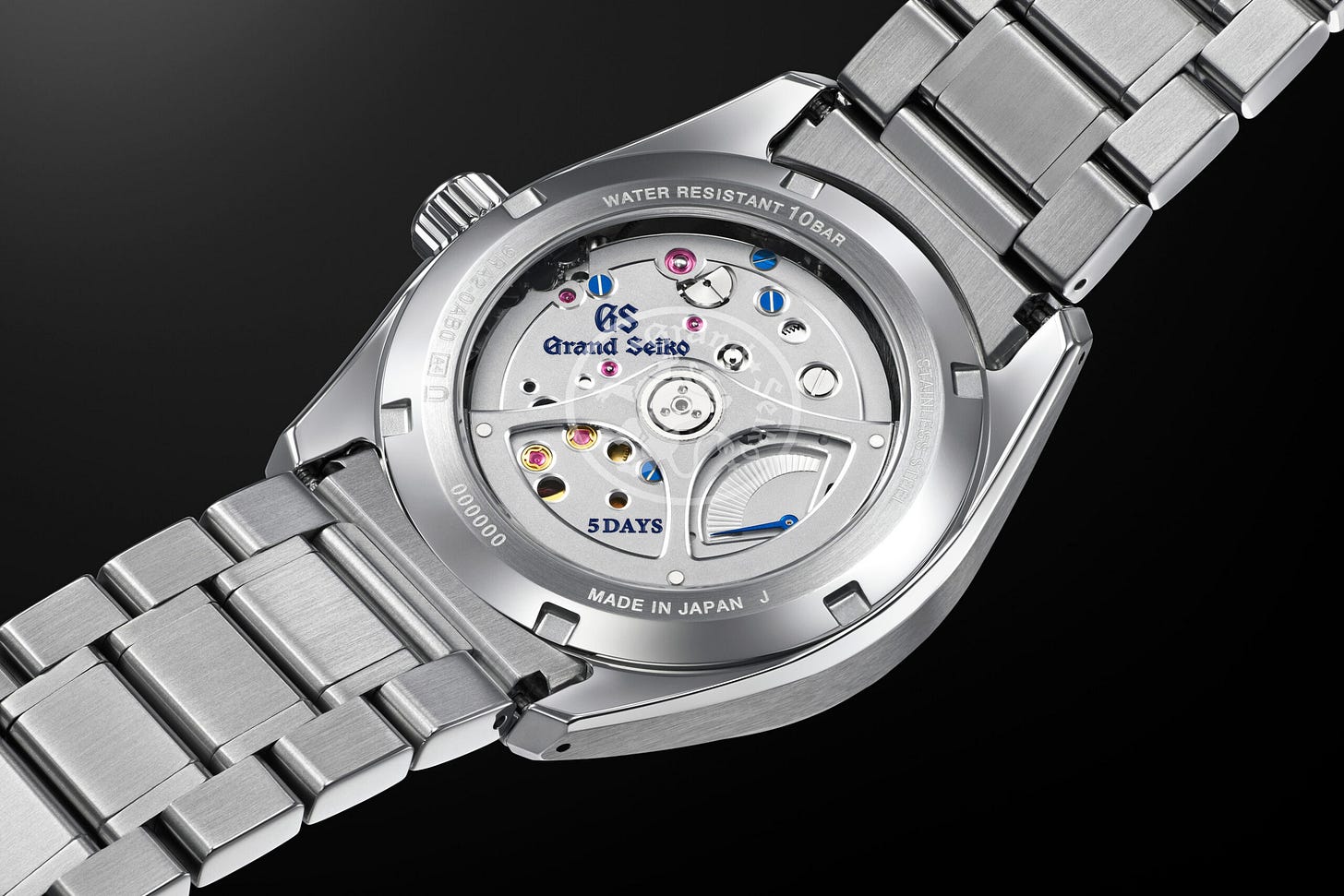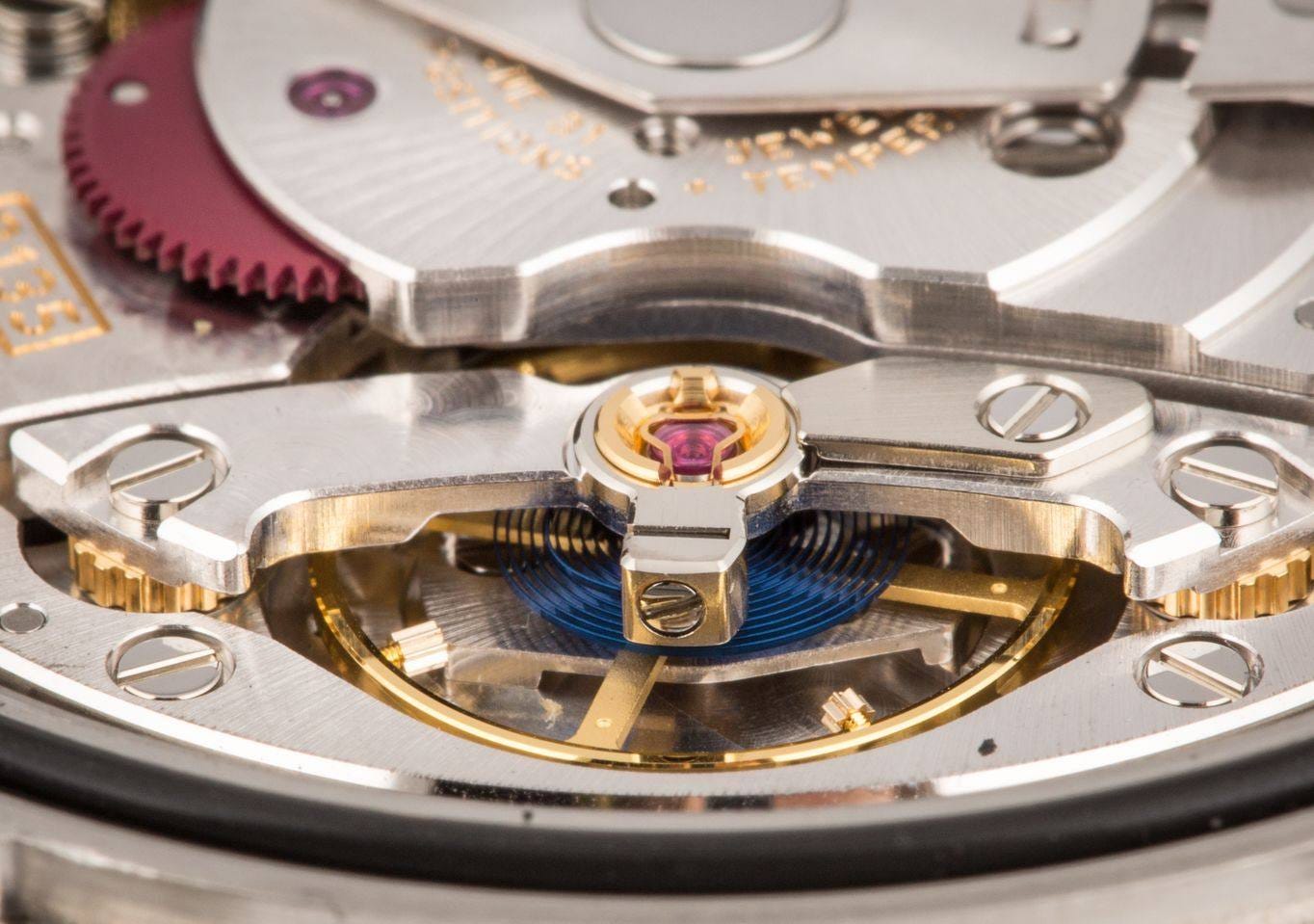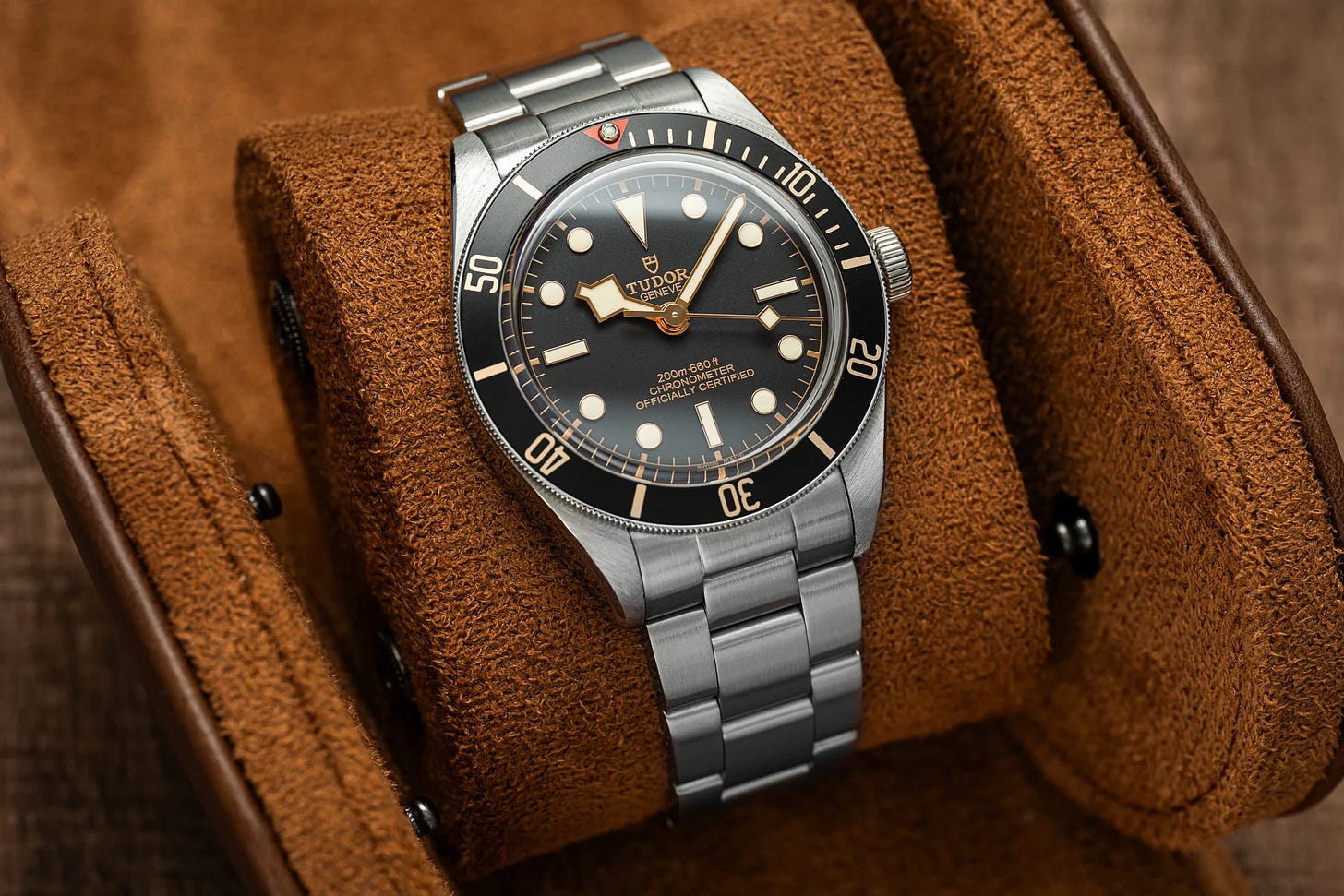Is this the future of watchmaking?
Your weekly dose of watch wisdom—with caffeine-compatible reading time.
Good morning everyone! In today’s edition of Timepiece digest we’ll go through Grand Seiko’s spring drive, why is silicon used in watch movements nowadays and much more! Grab a coffee, take a seat and get ready for you 6-minute read to start your day.
What is the Grand Seiko Spring Drive?
Imagine if a quartz and a mechanical movement had a baby. That baby would be the Spring Drive.
The Spring Drive is Grand Seiko’s groundbreaking movement technology that combines the smoothness of a mechanical watch with the precision of a quartz oscillator. Invented by Yoshikazu Akahane in the 1970s and brought to life decades later, this tech is very Japanese in nature—quietly genius and incredibly refined.
Here’s how it works:
Like a mechanical movement, the Spring Drive is powered by a mainspring.
But instead of an escapement, it uses a “Tri-synchro Regulator” that controls the unwinding of the mainspring using electromagnetic braking and a quartz oscillator.
The result? A smooth, gliding seconds hand and accuracy within ±1 second per day.
No ticking, no battery, and nearly silent. Just an incredibly smooth display of time that feels like watching a koi fish glide through a still pond.
Spring Drive is unique to Grand Seiko (and a few rare Credor pieces) and is part of what makes the brand so admired by collectors who appreciate both tradition and innovation. It’s mechanical artistry with a modern soul.
Today people argue whether a spring drive watch is truly a quartz or mechanical watch at heart, I’d say its in its own league as it takes the best from both worlds. Let me know what you think?
🧪 Why is Silicon Used in Watch Movements?
Not to be confused with Silicone (what your spatula is made of) or Silicon Valley (where your startup goes to die, jk). Silicon is a material revolutionizing modern watchmaking.
So… why is everyone suddenly putting it in their movements?
Three big reasons:
Anti-Magnetism: Silicon isn’t affected by magnetic fields, which are increasingly present in our daily lives—think smartphones, laptops, speakers. Traditional metal components can be thrown off by magnetism, messing with timekeeping. Silicon parts? Cool as a cucumber.
No Lubrication Needed: Silicon components have a naturally smooth surface, meaning they require little to no oil. That translates to longer service intervals and fewer headaches for watchmakers—and you.
Precision Engineering: Silicon can be micro-machined with extreme precision. This means more complex geometries, lighter parts, and better long-term performance. And it looks kinda cool under a loupe, too.
Brands like Patek Philippe, Omega, Rolex, and even smaller independents have embraced silicon for their hairsprings, escape wheels, and other key parts. It’s a quiet upgrade—but one that makes a big difference.
⌚ Watch of the Week: The Tudor Black Bay 58
Every week, I’ll spotlight a watch worth talking about. This week? The Tudor Black Bay 58—a modern classic that’s gotten praise from collectors, newbies, and even hardcore Rolex loyalists (well, secretly).
Why it's worth your attention:
Design: It channels the vintage vibes of Tudor’s 1958 Submariner with a smaller, wearable 39mm case. Clean, no date, and perfectly proportioned.
Specs: In-house MT5402 movement with 70-hour power reserve, COSC-certified, 200m water resistance.
Versatility: Whether you're wearing a suit or hiking boots, it fits in without screaming for attention.
Price: At around $3,950 USD, it’s arguably one of the best entry points into “serious” watch collecting without dipping into Submariner territory.
Think of the BB58 as your favorite leather jacket—classic, reliable, and somehow gets better with age.
If you are looking to buy one, please reply to this email. I have a few Tudors in stock for great prices!
🧠 Fun Fact to Impress Your Watch Friends
Did you know the longest mechanical watch power reserve ever achieved is 1,000 hours? That’s over 41 days. The watch? The Parmigiani Fleurier Kalpa Hebdomadaire.
Let’s just say it’s the horological equivalent of never needing to charge your phone… for a month. If only Apple could take notes.
💬 Parting Thoughts
Thanks for reading this week’s Timepiece Digest! Whether you're sipping espresso or stuck in traffic (please don’t read this while driving), I hope you’re leaving today a little more watch-wise.
If you enjoyed this edition, hit reply and tell me what you’re wearing today—or what topic you'd love to see next. And if you're not already subscribed… well, just know you’re missing out on deeper dives, rare watch profiles, and the occasional joke! I will also be sending out regular emails with my best watch deals on and you don’t want to miss out on those!




